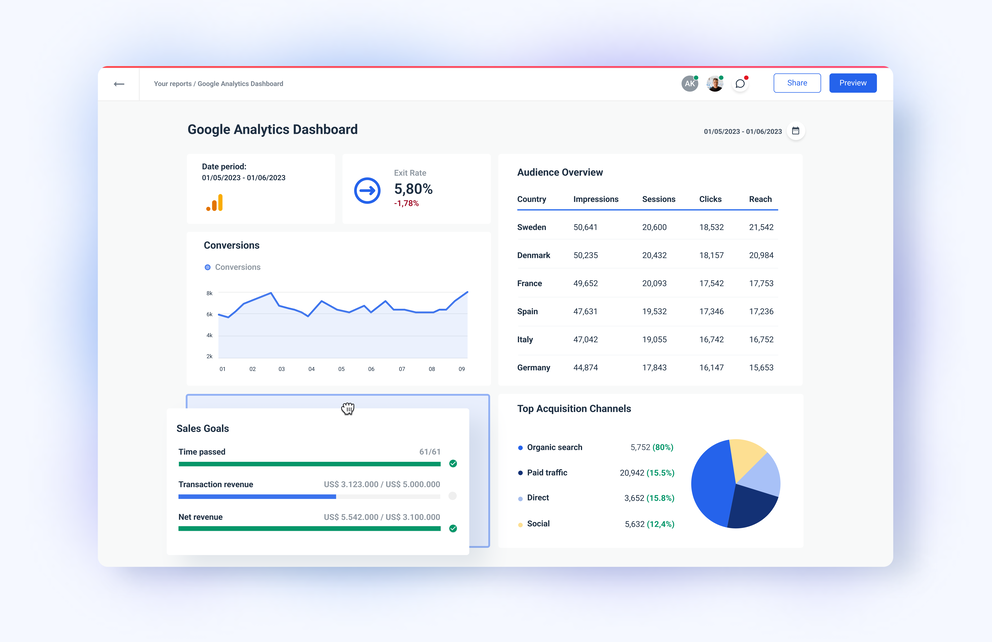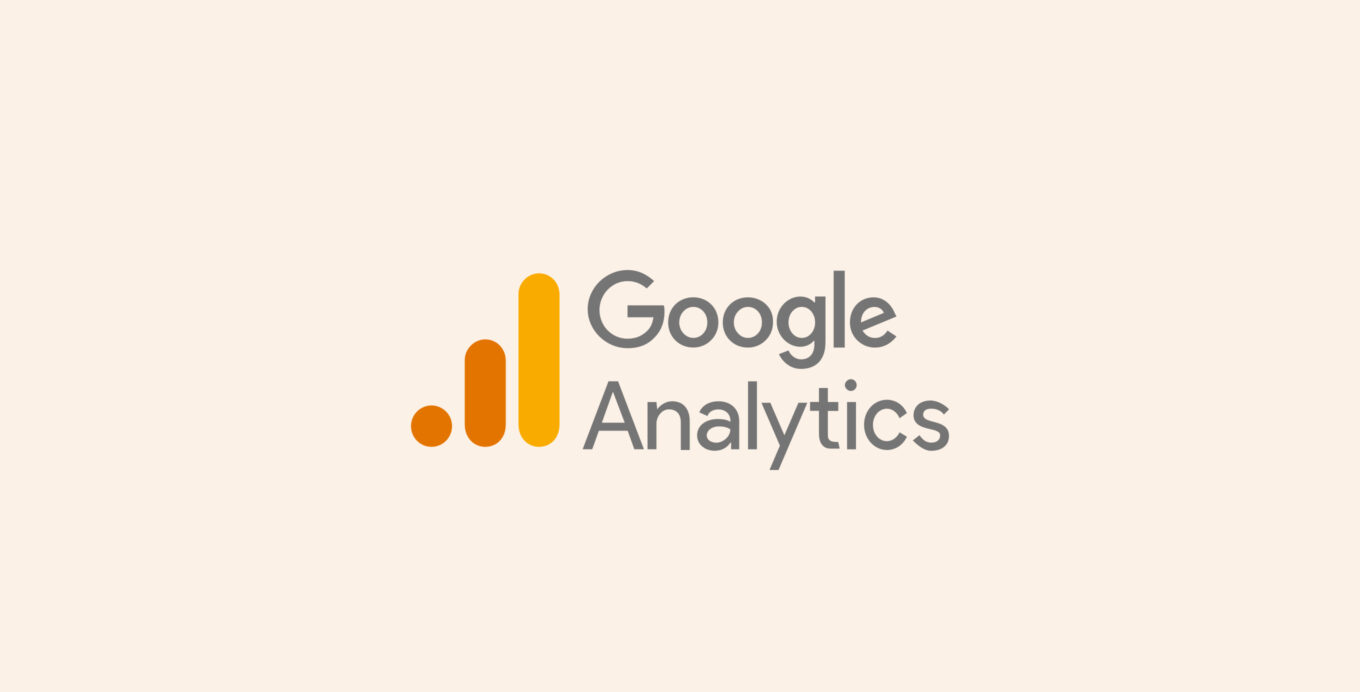When Does the Google Analytics Tracking Code Send an Event Hit to Analytics? A Deep Dive into Individual Communications
When Does the Google Analytics Tracking Code Send an Event Hit to Analytics? A Deep Dive into Individual Communications
Blog Article
Master Web Site Insights With Accurate Google Analytics Monitoring Code
The reliable use of Google Analytics hinges on the specific application of its monitoring code, a fundamental action frequently neglected by internet site owners. What are the usual mistakes that could threaten your tracking efforts, and just how can you make certain accuracy in your approach?
Recognizing Google Analytics Fundamentals
Google Analytics is an essential device for internet site proprietors and marketers, giving invaluable understandings into individual actions and web site performance. At its core, Google Analytics accumulates data concerning site visitors to a website, enabling customers to assess metrics such as website traffic sources, user interaction, and conversion rates. Recognizing these basics is important for optimizing a site's performance and enhancing user experience.
The system utilizes cookies to track interactions, recording information such as page views, session periods, and bounce prices. This information is accumulated and presented with adjustable control panels, allowing users to visualize fads gradually. Key performance signs (KPIs) can be monitored, such as the overall variety of customers, brand-new versus returning site visitors, and the geographic circulation of the audience.
In Addition, Google Analytics uses division attributes, permitting individuals to separate details website traffic sources or individual demographics for more targeted analysis. By mastering these fundamental elements, website proprietors can make enlightened choices regarding web content approach, advertising campaigns, and overall site improvements. Inevitably, comprehending Google Analytics essentials is essential for leveraging information to drive development and attain service objectives successfully.
Establishing Up Your Tracking Code
Copy the provided monitoring code and paste it right into the HTML of your internet site. This makes sure that the monitoring code loads before any kind of various other content, enabling it to record information accurately.
After installment, validate that the tracking code is functioning correctly by utilizing Google Tag Assistant or the Real-Time records in Google Analytics - when does the google analytics tracking code send an event hit to analytics?. This action is important to verify that your information collection is active and accurate, establishing the structure for insightful analysis
Usual Monitoring Code Issues
Several internet site proprietors experience typical concerns with their Google Analytics tracking code that can impede data collection and analysis. One widespread issue is inappropriate installation. This might take place when the tracking code is put in the incorrect section of the web site's HTML, commonly leading to absent or incomplete information. In addition, having multiple instances of the tracking code on a solitary web page can cause inflated metrics, as user interactions may be counted greater than when.
An additional problem arises from using advertisement blockers, which can prevent the tracking code from implementing altogether, thus skewing information. when does the google analytics tracking code send an event hit to his response analytics?. Furthermore, failure to configure filters appropriately can lead to the exemption of vital website traffic sources or the inclusion of undesirable reference spam, distorting the information accumulated
Internet site owners might likewise overlook the significance of tracking code updates, especially when moving to Google Analytics 4 (GA4) from Universal Analytics. Lastly, insufficient testing before releasing adjustments can cause unseen mistakes in the monitoring code, further making complex information integrity. Resolving these usual concerns is crucial for ensuring exact monitoring and informative analytics.
Analyzing Website Information Successfully
Precise data collection is just the very first step in leveraging Google Analytics; the real worth hinges on properly analyzing that data to drive enlightened decision-making. To accomplish this, it is necessary to determine essential efficiency indicators (KPIs) that align with your service objectives. Concentrate on metrics such as conversion rates, customer involvement, and web traffic resources, as these will supply insights into individual behavior and the total performance of your site.
Making Use Of Google Analytics' division features permits a much deeper understanding of your audience. By breaking down information into particular demographics, actions, and web traffic networks, you can uncover trends and patterns that inform targeted methods. Executing custom reports and dashboards can simplify this process, allowing quick accessibility to essential data.
Moreover, regularly assessing data patterns over time aids to identify abnormalities and possibilities for improvement. Make use of visualization tools to existing information in an easily absorbable format, promoting more efficient communication with stakeholders. Inevitably, the capability to assess internet site data properly empowers businesses to make critical choices that boost user experience, optimize advertising efforts, and drive growth.

Ideal Practices for Accurate Monitoring
Executing effective monitoring practices is vital for acquiring dependable data in Google Analytics. To guarantee accurate tracking, start by click over here properly installing the Google Analytics tracking code on every web page of your website. This can be completed via a tag supervisor or by directly embedding the code right into the HTML.
Next, configure your Google Analytics account to omit inner web traffic. This can be done by establishing filters that identify and remove gos to from your organization's IP address, thus protecting against skewed data. Furthermore, utilize event tracking to check specific individual communications, such as downloads or video plays, which basic page views may forget.
Routinely examine your tracking setup to verify that all functions, such as objectives and ecommerce tracking, are functioning appropriately. Develop a regular naming convention for your projects and occasions to facilitate much easier coverage and evaluation.
Last but not least, think about leveraging UTM specifications for campaigns to get insights into the performance of different advertising efforts. By following these ideal practices, you can enhance the accuracy of your information collection and evaluation, eventually causing even more educated decision-making for your site.
Verdict
By guaranteeing the monitoring code is properly positioned and consistently investigated, website owners can capture essential individual communication data, hence assisting in the recognition of essential performance indications. Inevitably, a robust monitoring framework boosts the ability to drive interaction and improve overall internet site efficiency.

Not enough screening prior to launching changes can result in undetected mistakes in the monitoring code, additionally complicating information dependability.Applying reliable tracking techniques is critical for obtaining dependable information in Google Analytics. By guaranteeing the tracking code is properly put and consistently investigated, site proprietors can capture vital customer interaction data, therefore facilitating the identification of crucial efficiency signs.
Report this page